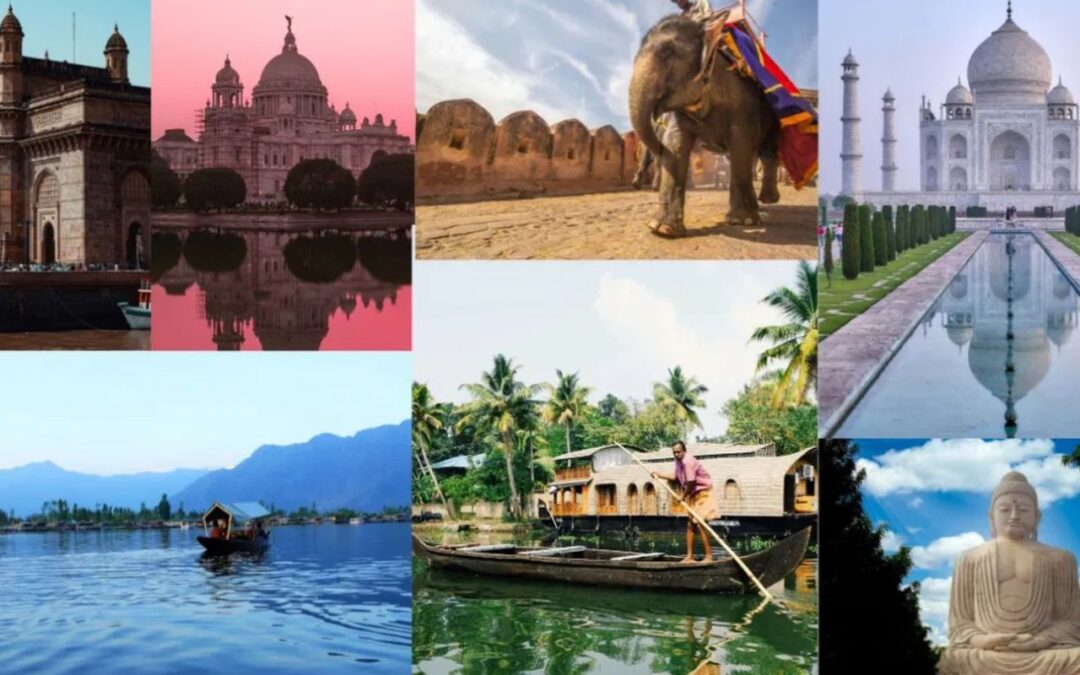Synopsis– The Indian economy is considered one of the largest in the world. The parameter used here in most cases is the GDP, but what about the GDP Per Capita? In this article, we will be going through the Indian states and union territories with the highest GDP Per Capita.
The Indian economy of 2025 has an impressive stat, with increasing per capita incomes in most states of the nation. As of the financial year 2024-25, the per capita income (PCI) ranks indicate that the top list is a completely new mix. This article presents a summary of the top 10 Indian states and union territories with the highest per capita income in 2025.
1. Sikkim

- Per Capita Income: Rs. 4,90,000
- Sikkim, being small in area and population, scores high on per capita income due to its focused economic growth policies. The state has the benefit of eco-tourism, organic cultivation, and hydel power initiatives. Government initiatives in education and sustainability have rendered Sikkim one of the richest states per capita, with sustained growth in infrastructure and services being the basis of its prosperity.
2. Goa
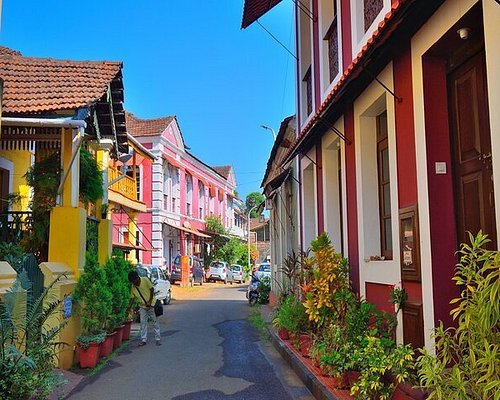
- Per Capita Income: Rs. 4,30,000
- Goa is well placed with its robust tourism sector, which provides a steady inflow of visitors from within the country as well as abroad throughout the year. Supplementing the tourism sector, Goa has established its mining and pharma industries, which are the key to its financial well-being. Coupling the high standard with good governance and infrastructural investment keeps Goa on the list of states with the highest per capita incomes.
3. Delhi
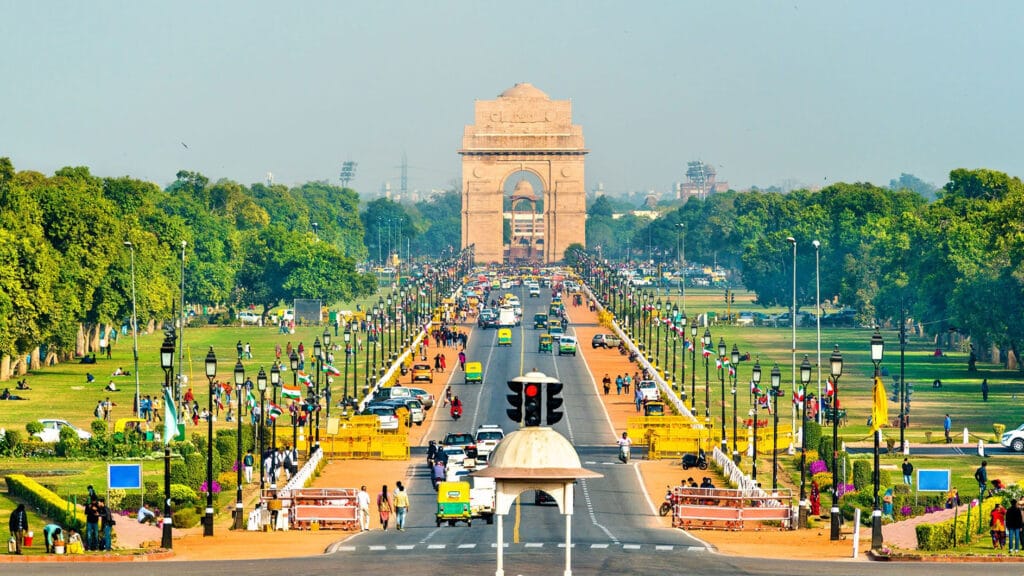
- Per Capita Income: Rs. 4,50,000
- Delhi maintains its national capital territory leadership through being the political and financial and cultural center of India. The city leads in all other regions in finance, banking, IT services, real estate, and even tourism sectors. The combination of policy transformations and major infrastructure advancements throughout Delhi, alongside domestic and international investment, creates incentives for startups and MSMEs, which results in elevated per capita income levels in the city.
4. Chandigarh
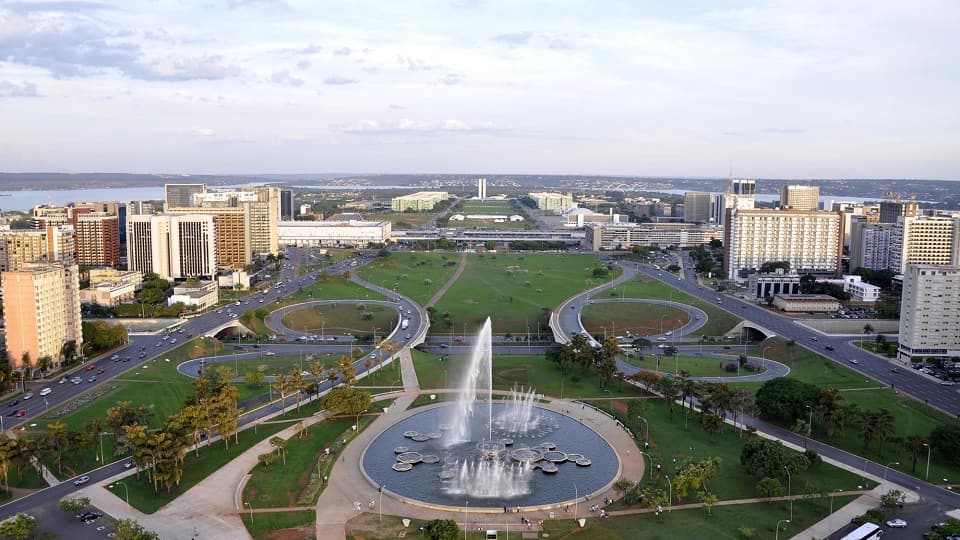
- Per Capita Income: Rs. 2,80,000
- Per capita income in Chandigarh is high as it is a well-planned city with quality civic infrastructure. It is has a highly educated population. IT-enabled activities and the educational sectors are what it focuses on. It is economically stable because it’s the capital of two states, and government and administrative employment are encouraged.
5. Haryana
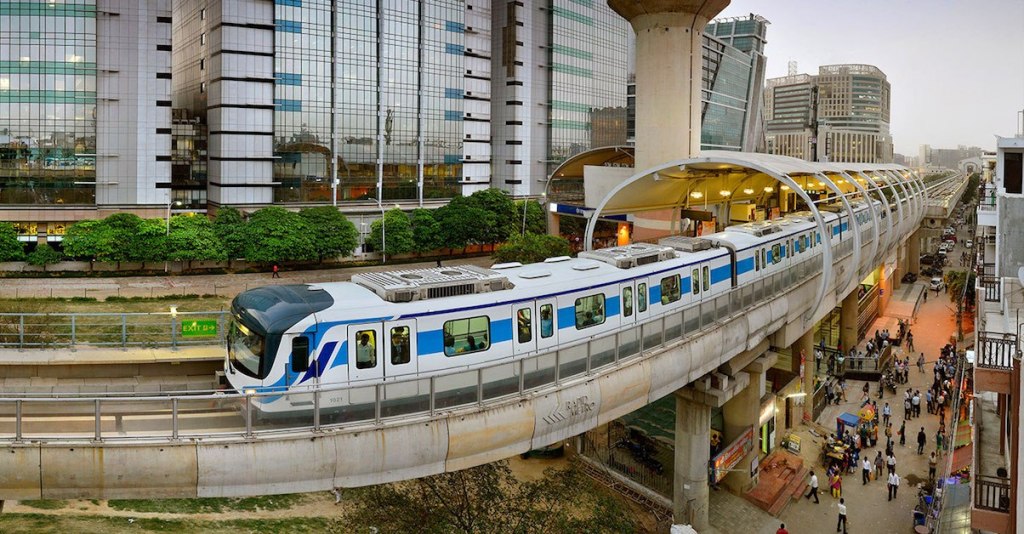
- Per Capita Income: Rs. 2,10,000
- Haryana stands in third position because of its key industrial corridors, powerful logistics base, fast urbanization, and powerful agribusiness sector. The state is advantageously located near Delhi NCR, the reason for which it can draw both service sector and industrial investments.
Also read: 3 Most Affordable Metro Cities in India to Buy a House in 2025 – Which Would You Choose?
6. Karnataka

- Per Capita Income: Rs. 2,05,000
- Karnataka is at the top, the IT hub of the nation, enabling it to cross the Rs. 2 lakh per annum threshold. Strong digital infrastructure of the state, world-relevant IT sector with Bengaluru as the hub, industry-leading biotechnology, aerospace investments, and a mature education system have made it an economic growth leader.
7. Gujarat

- Per Capita Income: Rs. 2,00,000
- Gujarat is one of the richest states with its diversified industrial base in the form of petrochemicals, textiles, chemicals, and engineering goods. Its huge port infrastructure facilitates exports and places it among India’s premier trade centers. The pro-business attitude, robust road and rail connectivity, and renewable energy investments have made Gujarat an industrial and economic development model.
8. Kerala

- Per Capita Income: Rs. 2,02,000
- Kerala is distinguished for its outstanding human development rates as well as robust per capita income rates. The economy of the state is powered by remittances from foreign workers, a booming IT industry, successful tourism, and healthcare sectors. Its high literacy rate, good health infrastructure, and targeted government policies toward social welfare are reasons for the balanced economic development and high standard of living among the people.
9. Tamil Nadu
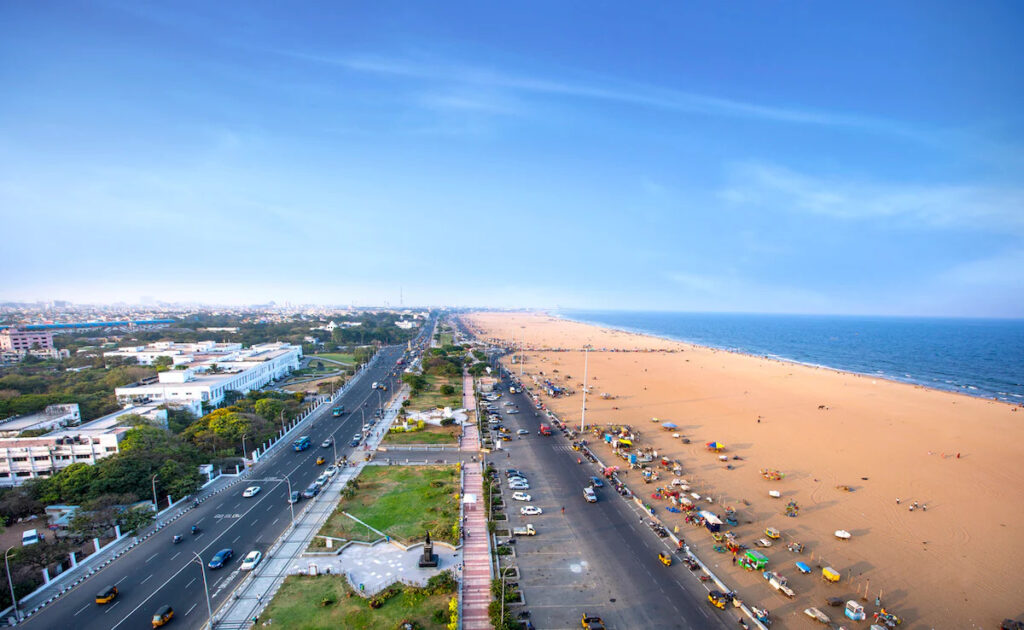
- Per Capita Income: Rs. 1,95,000
- Tamil Nadu capitalizes on its image of automobile production, high-technology industrial clusters, and the exceptional services sector. Strong state initiatives favouring micro, small, and medium enterprises (MSMEs) and forcefully increasing their exports have been a key factor in its continuous income growth. Tamil Nadu has been dominating the country’s manufacturing sector.
10. Telangana
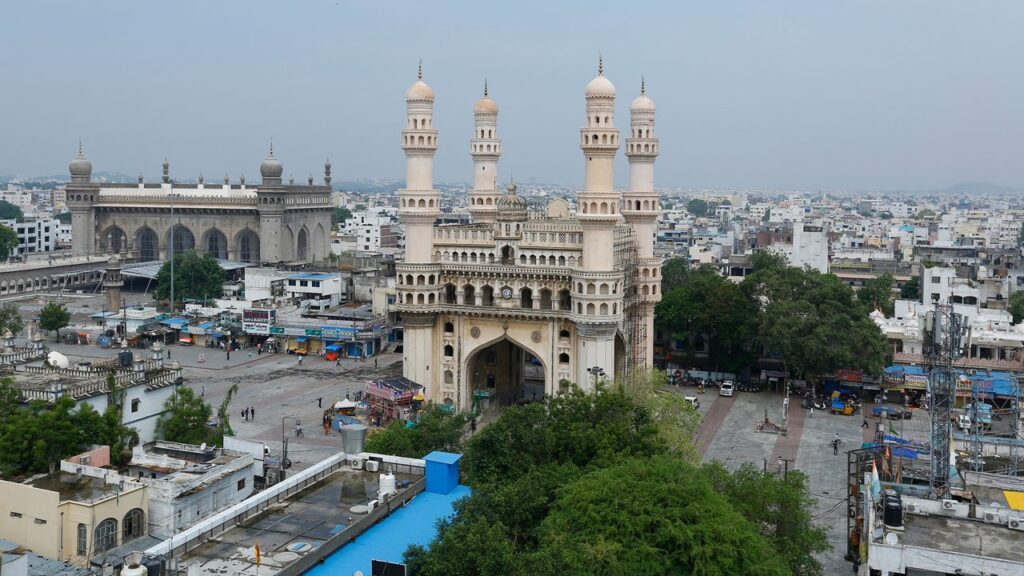
- Per Capita Income: Rs. 1,90,000
- The main source of its economic momentum is the state capital, Hyderabad. The booming IT sector and its technology-led policy experimentation, investor-friendly bureaucracy, and big IT and pharma clusters have propelled Telangana’s high per capita income growth.
| Rank | State/UT | Per Capita Income (Rs.) |
| 1 | Sikkim | 4,90,000 |
| 2 | Goa | 4,30,000 |
| 3 | Delhi | 4,50,000 |
| 4 | Chandigarh | 2,80,000 |
| 5 | Haryana | 2,10,000 |
| 6 | Karnataka | 2,05,000 |
| 7 | Gujarat | 2,00,000 |
| 8 | Kerala | 2,02,000 |
| 9 | Tamil Nadu | 1,95,000 |
| 10 | Telangana | 1,90,000 |
Challenges in Low-Income States
Though the overall growth has taken place, glaring gaps continue to remain. Several states are still lagging due to high population densities, low industrialization, along slow educational advances. These kinds of gaps in the economy emphasize the need for policy interventions and specific development schemes.
The Outlook for 2025
The all-India per capita income reached Rs. 1,14,710 in 2025 after achieving ten years of steady growth. The government continues to implement its flagship programs, Digital India and Make in India, alongside targeted welfare programs that aim to bridge development gaps and achieve statewide inclusive progress.
Conclusion
The top 10 Indian states on this list symbolize the developed regional strength and the federal system’s ambitious nature. Several states find success through their innovative policies, although others advance at a steady pace. India needs to implement reforms and growth strategies that include everyone to decrease wealth inequalities, which will enhance the nation’s total economic possibilities.
Written by Adithya Menon


